Lancetilla Botanical Garden and Research Center
This incredibly diverse research station is one of the largest tropical botanical gardens in the world.
Founded in 1925 by the United Fruit Company as the “Lancetilla Agricultural Experimental Station,” a research station dedicated to studying the adaptability and market potential of bananas and plantains, Honduras’s only botanical garden is likely the largest experimental botanical garden in Latin America.
The Lancetilla Botanical Gardens are divided into two main areas: an arboretum with a sample of different tropical species from around the world and a tropical forest preserve with native trees and plants. There’s also an impressive natural tunnel made from bamboo.
The Wilson Popenoe Arboretum, named in honor of its first Director of Tropical Agricultural Experiments, boasts the largest collection of Asian plants in the Mesoamerican region, with 636 different species. Popenoe is regarded as the pioneer of tropical horticulture in this Caribbean landscape and selected the valley of Lancetilla for his arboretum because of the area’s microclimate diversity. Tragically, Popenoe’s wife Dorothy died in the botanical garden in 1932 after eating unripe, uncooked ackee fruit.
The soil of Lancetilla is a source for various seeds, including the African oil palm, rubber tree, rambutan, and Central America’s beloved lemon tea. The gardens are also a great place for bird-watching, with 331 species recorded to date including year-round residents as well as North American migratory species.
Know Before You Go
It's located about three miles outside of the town of Tela (on the north coast of Honduras), right off the main CA-13 highway and is open daily. Local guides are available on-site for tours. There's also a cafeteria for meal purchases and cabins for overnight stays.
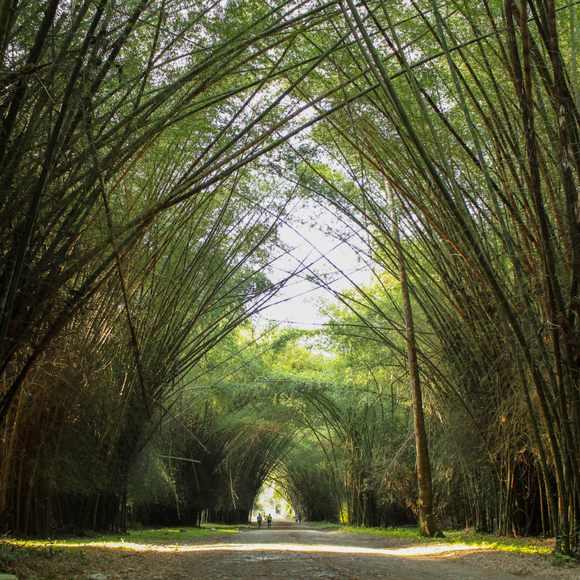


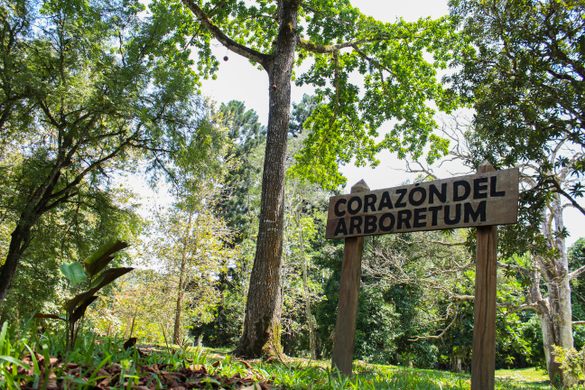

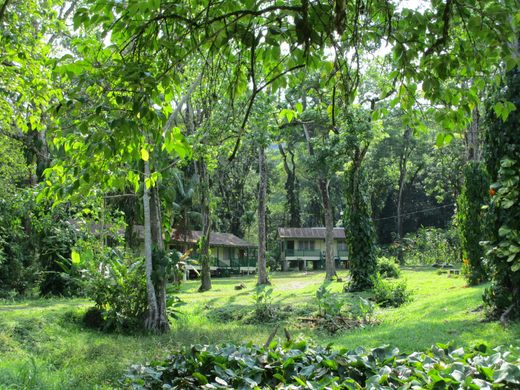



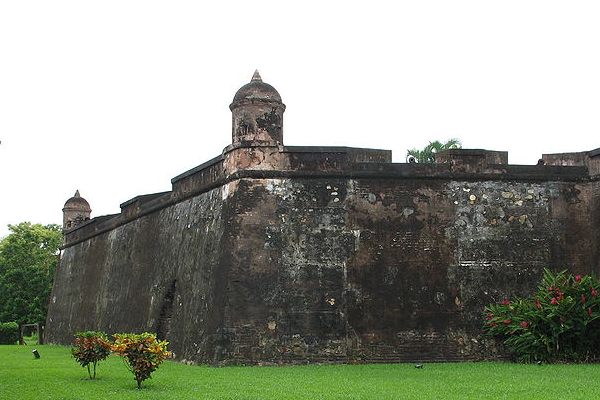

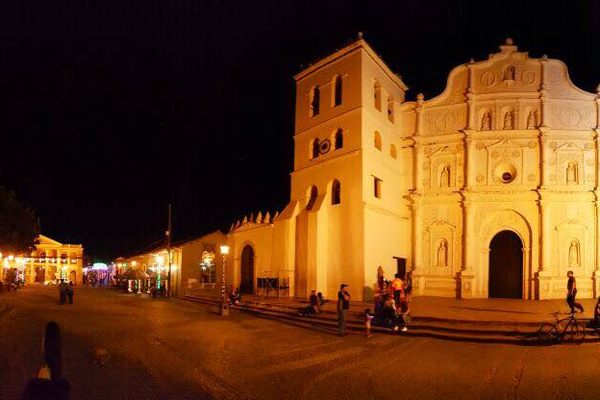
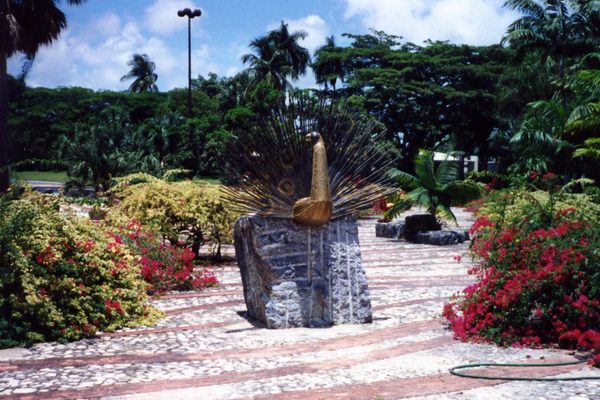
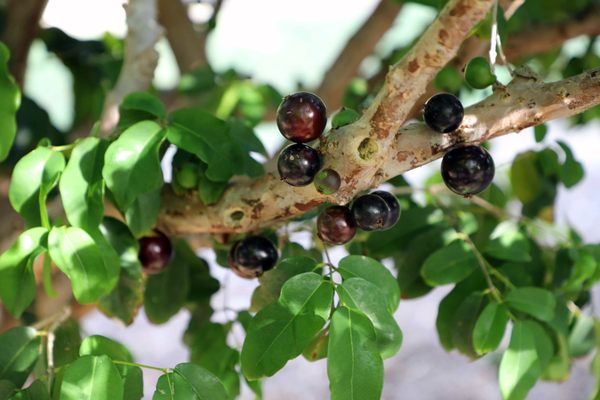
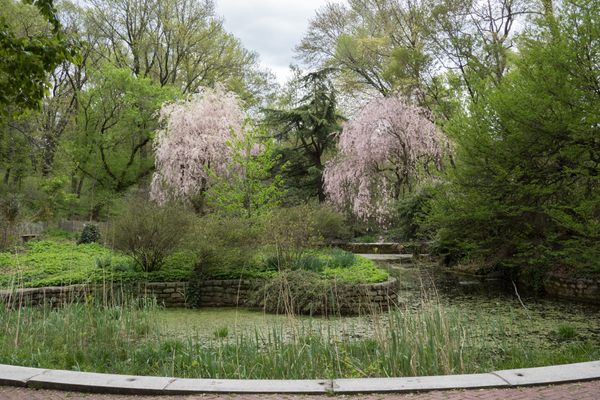


Follow us on Twitter to get the latest on the world's hidden wonders.
Like us on Facebook to get the latest on the world's hidden wonders.
Follow us on Twitter Like us on Facebook